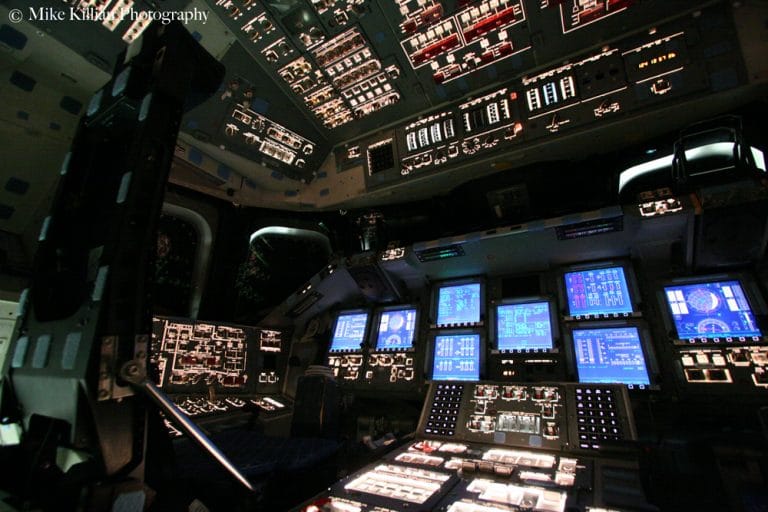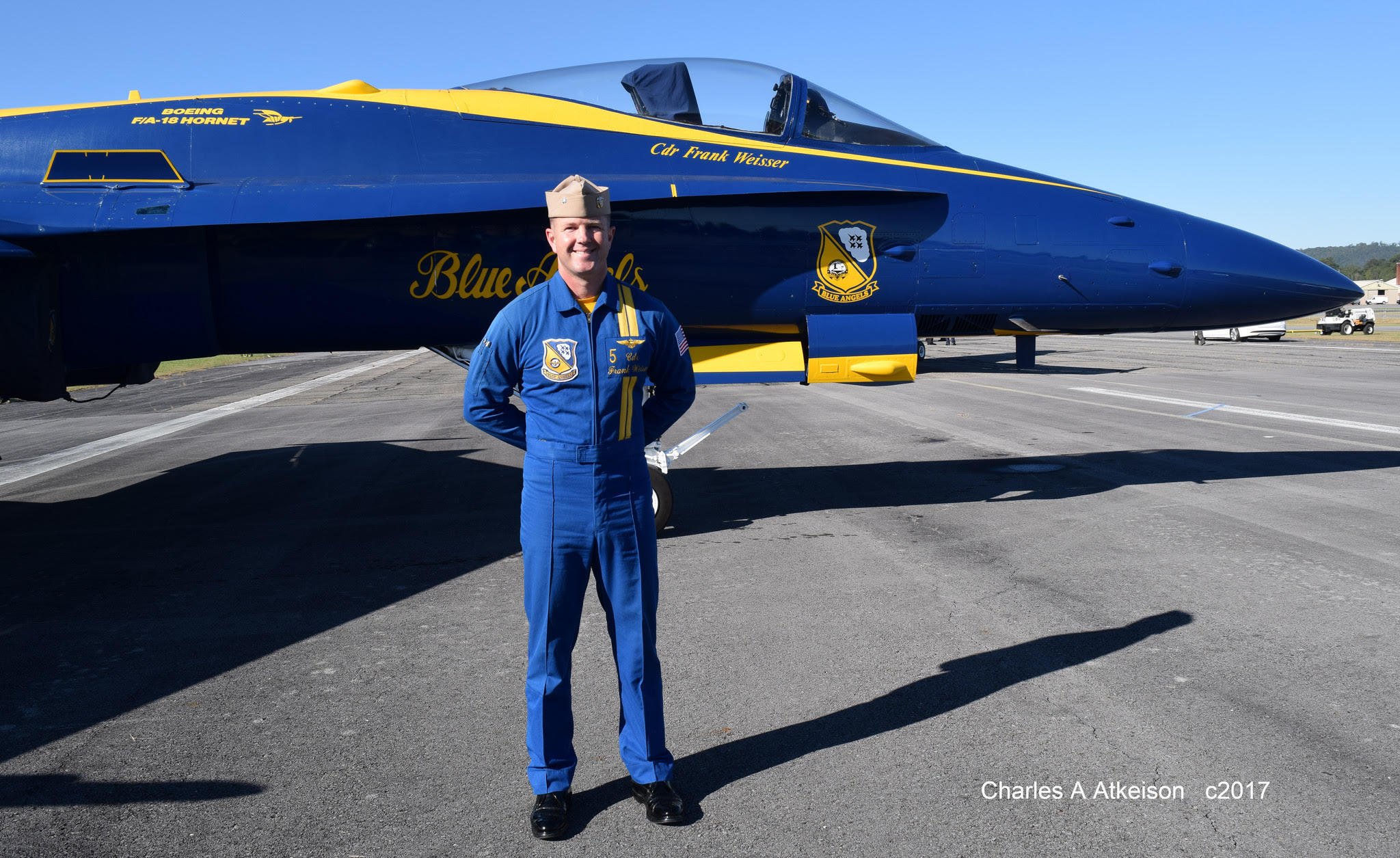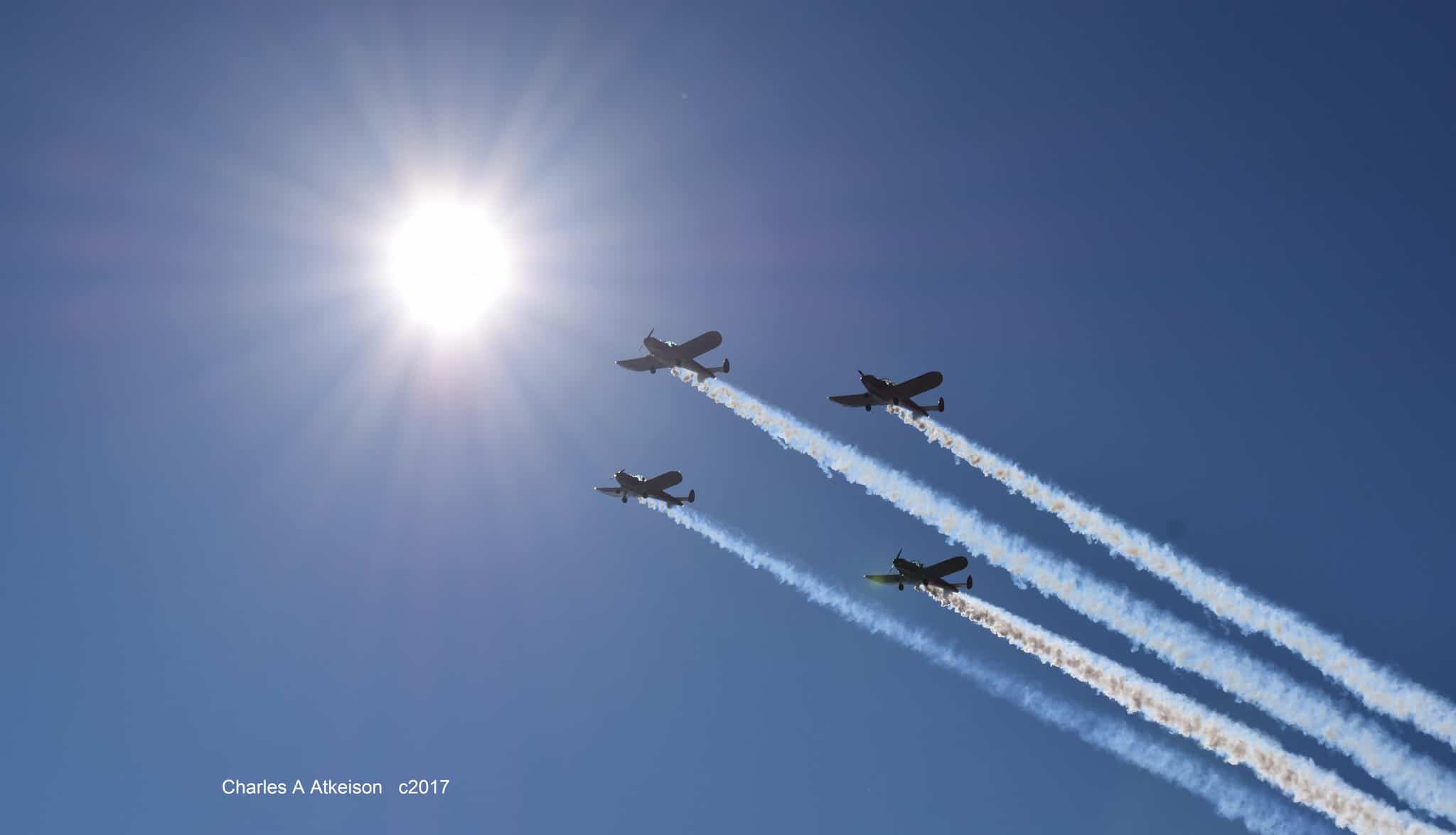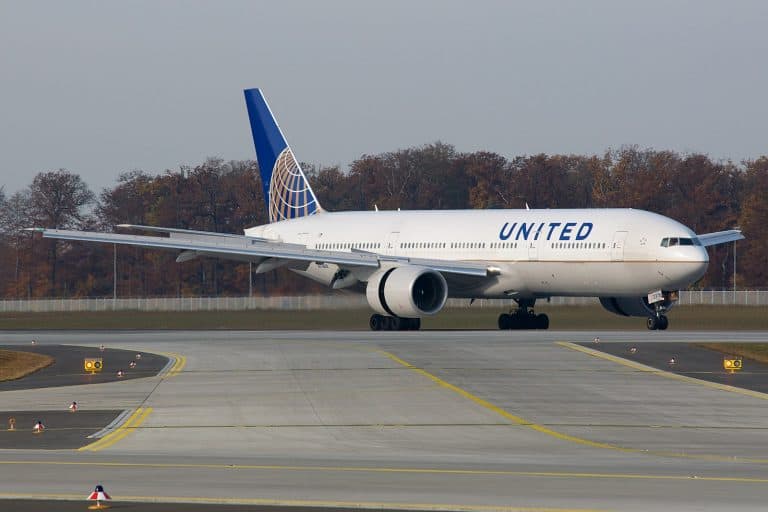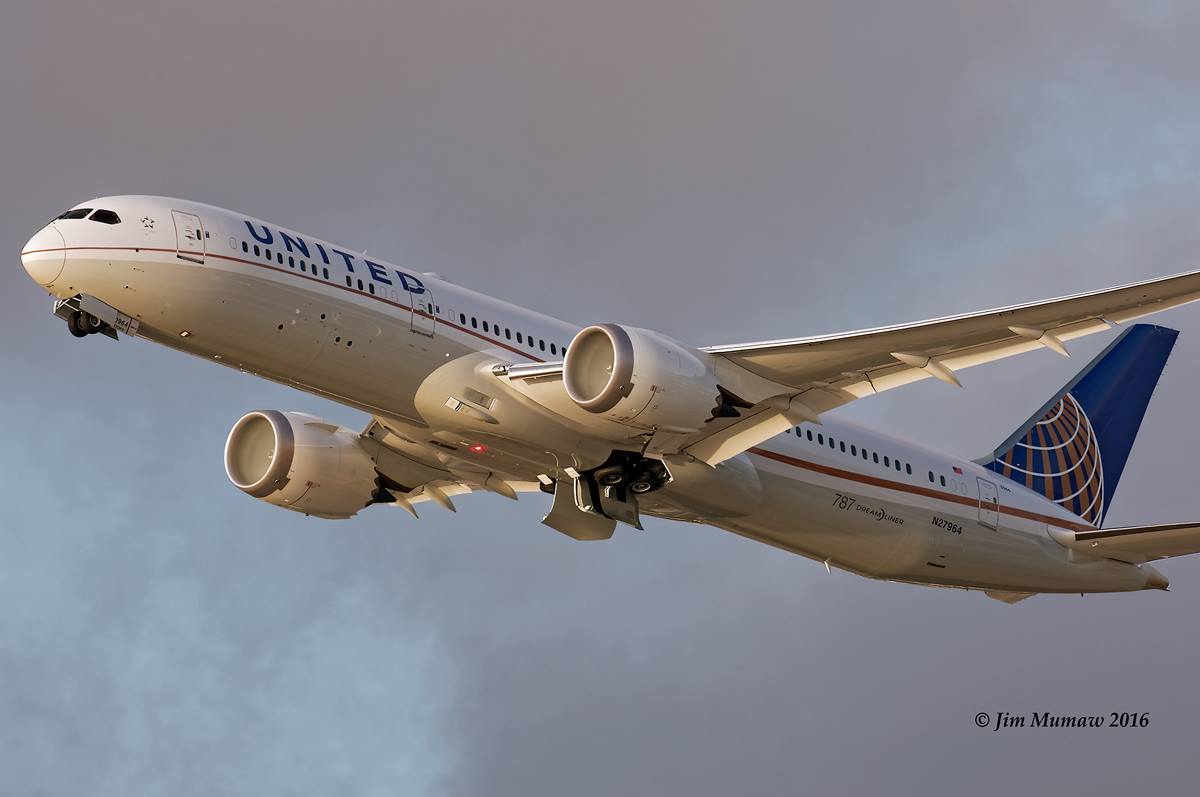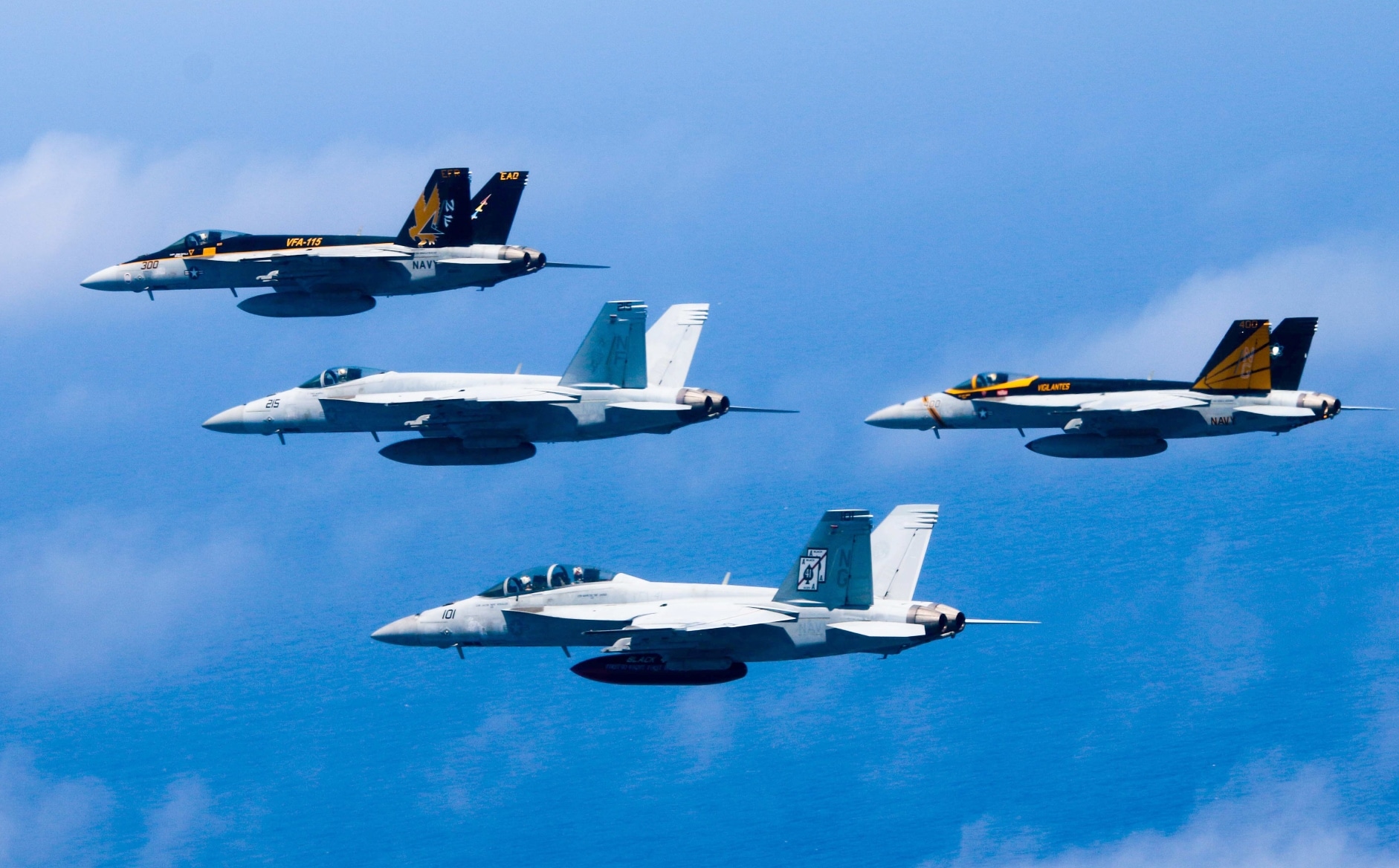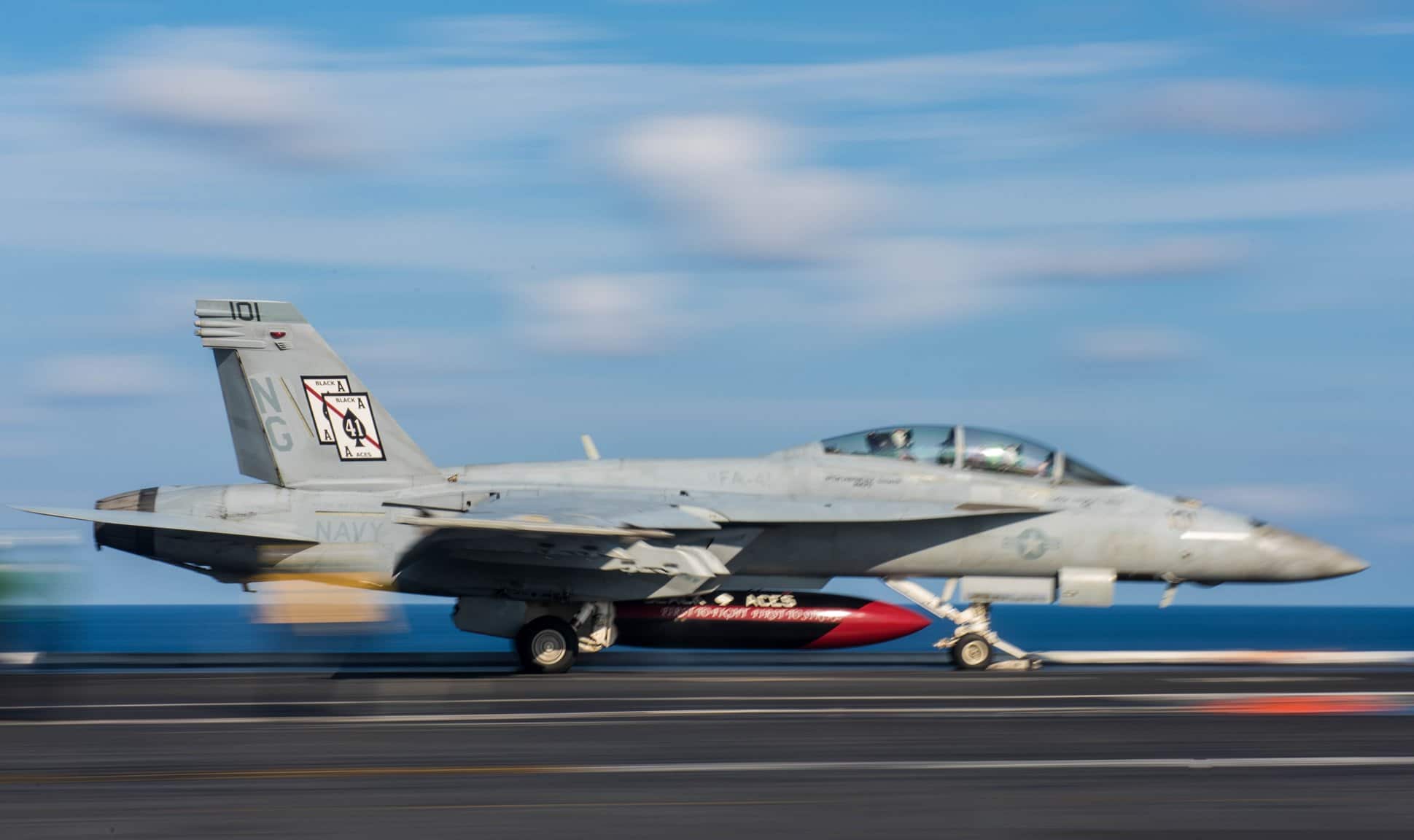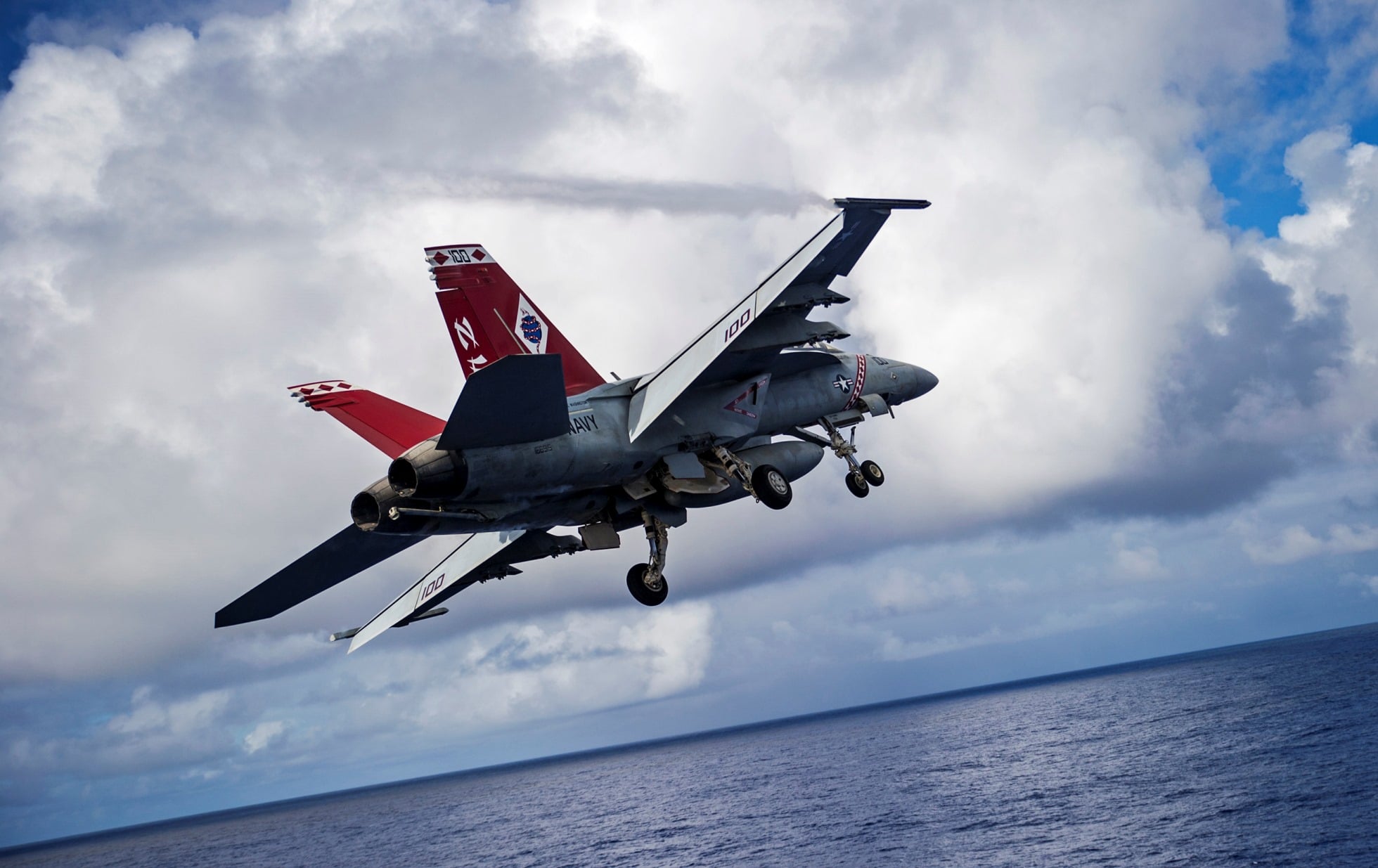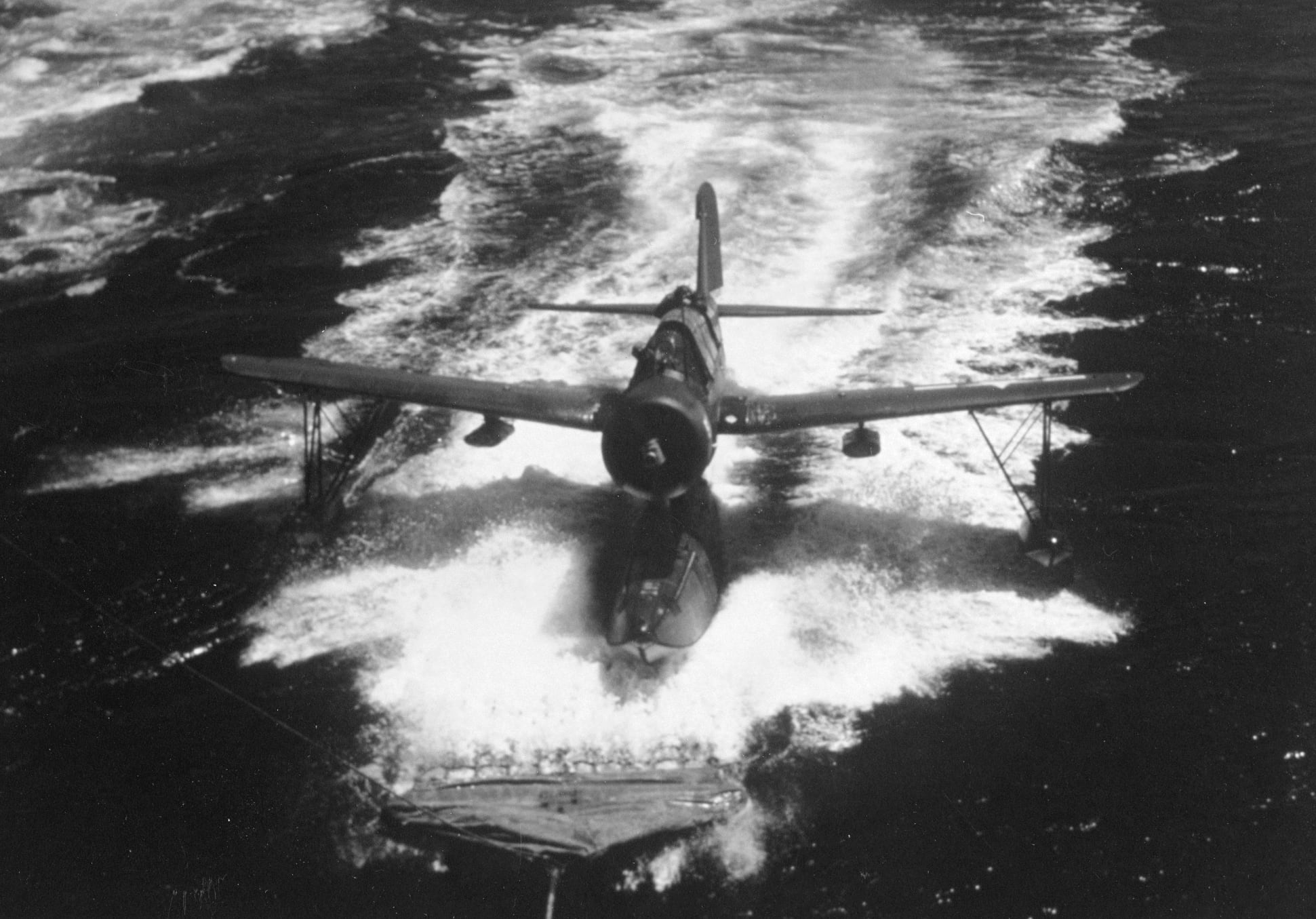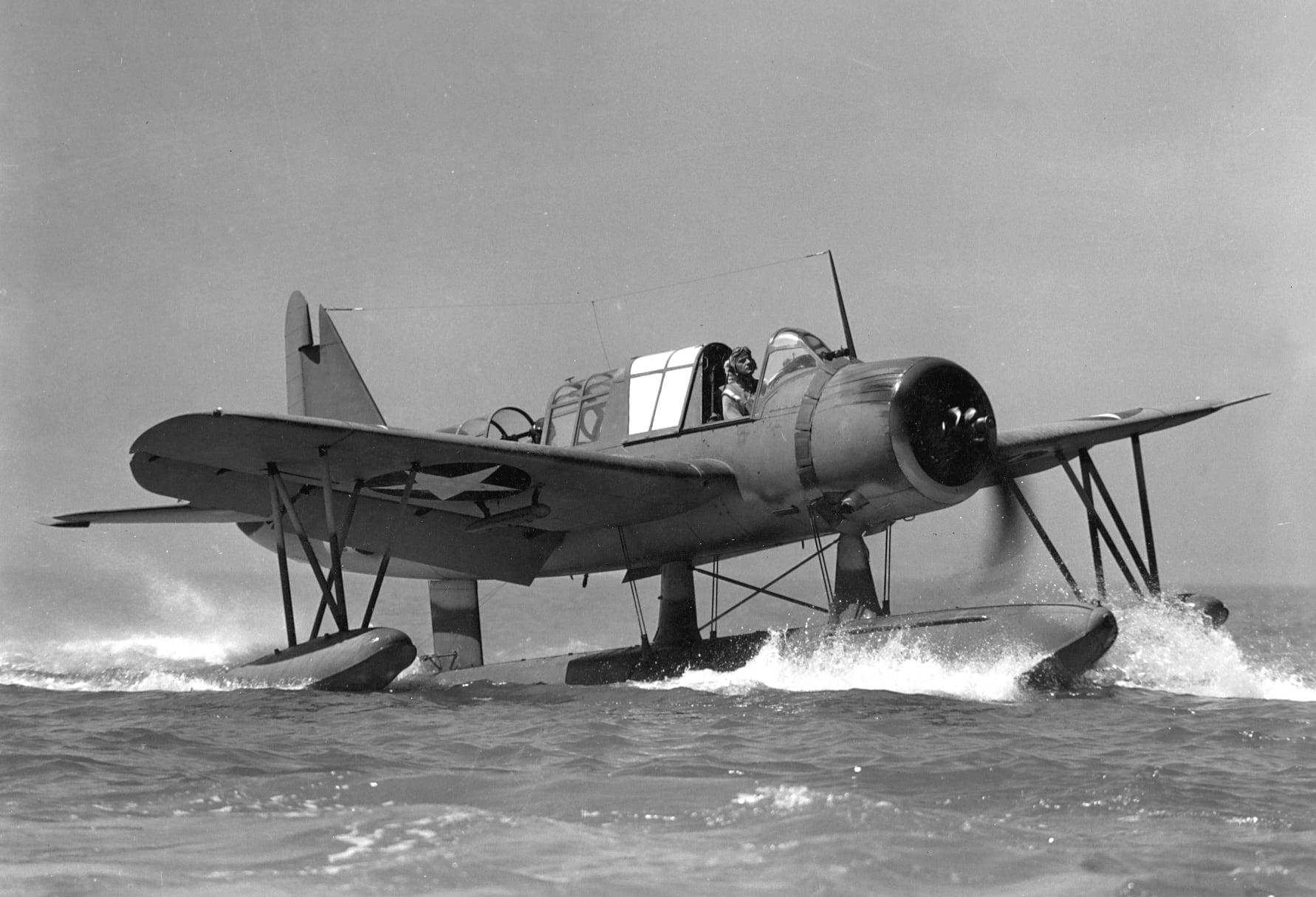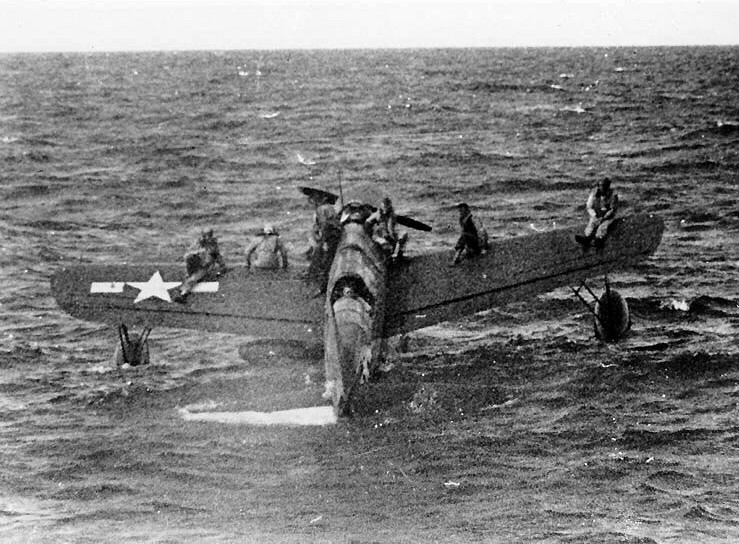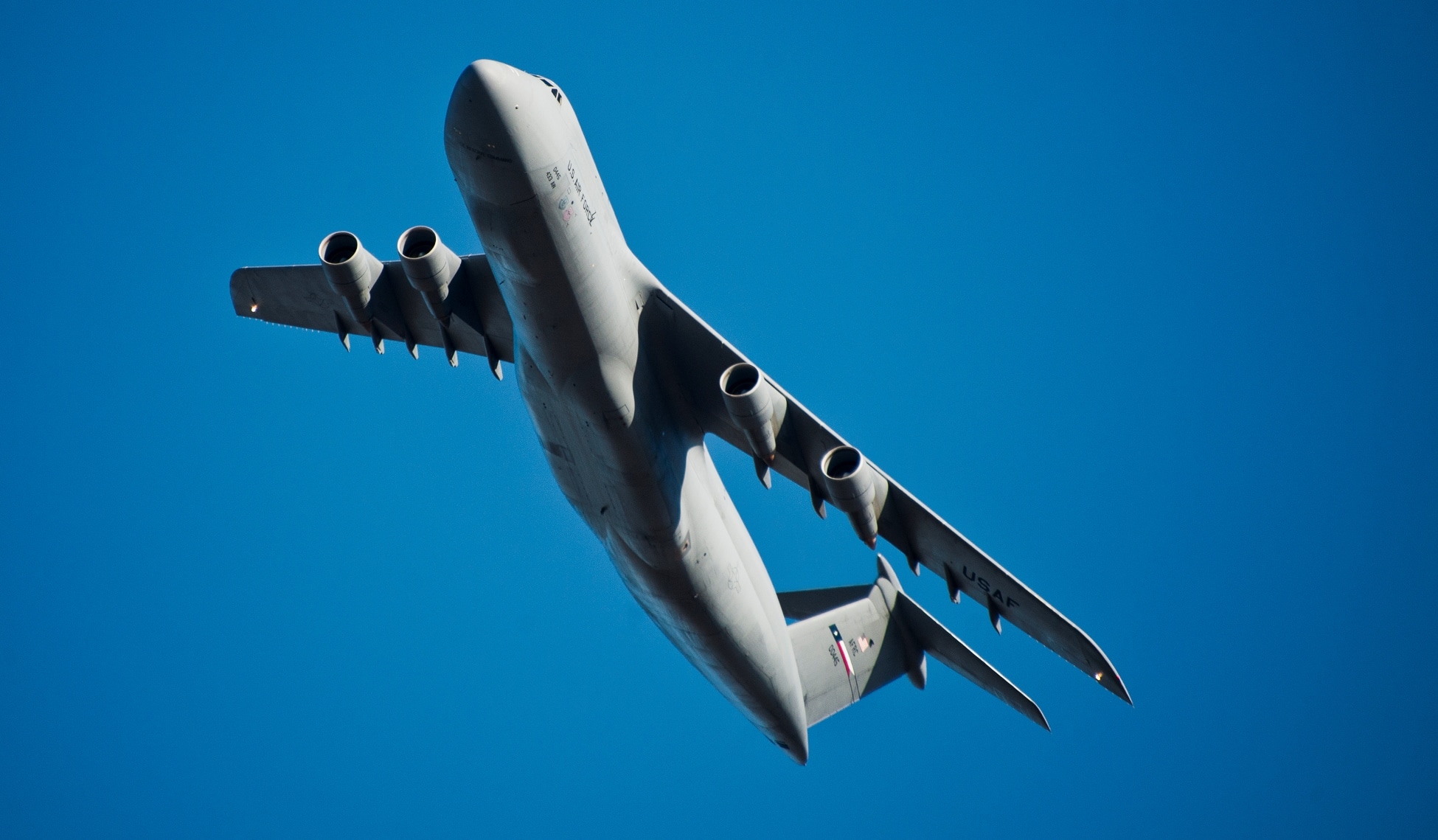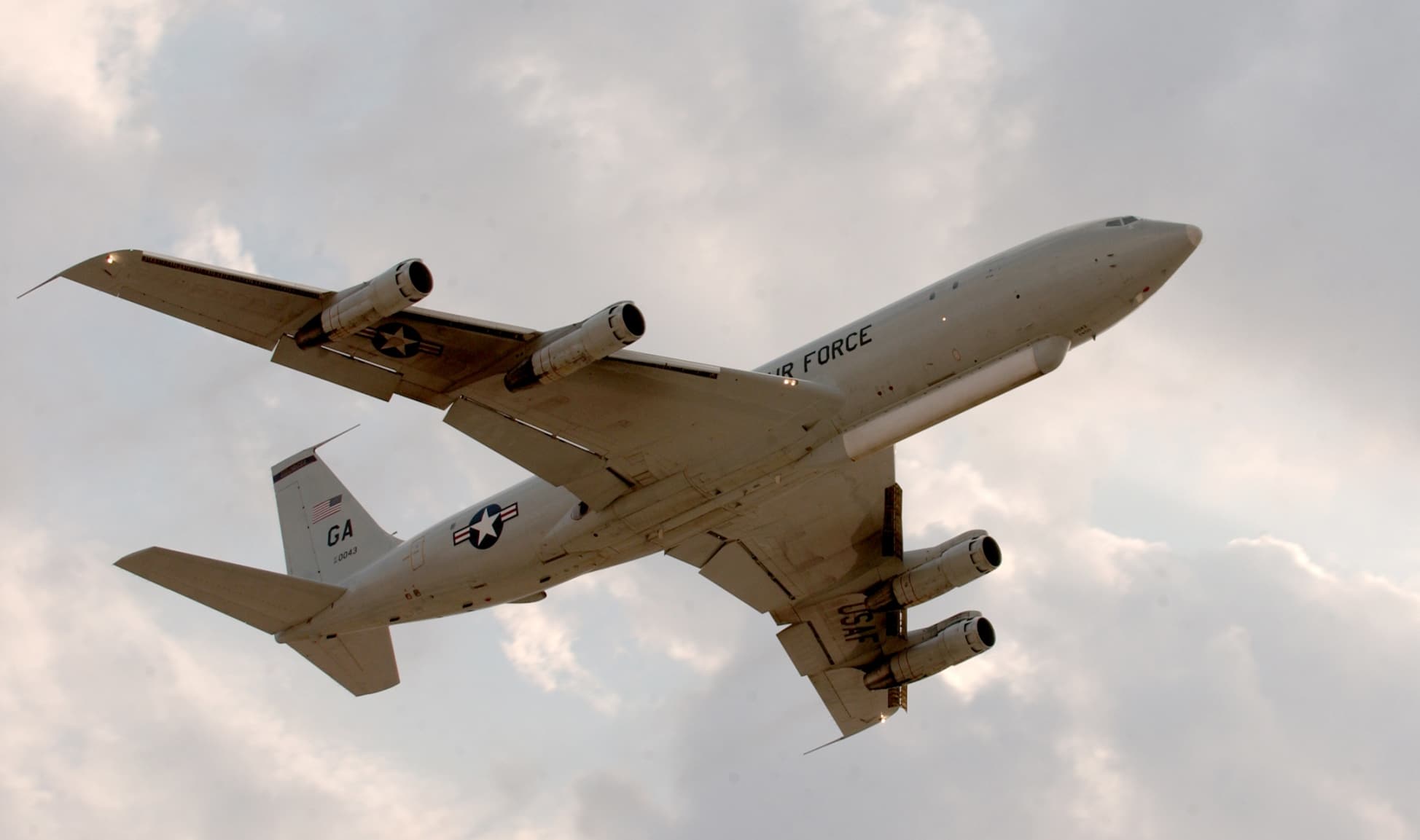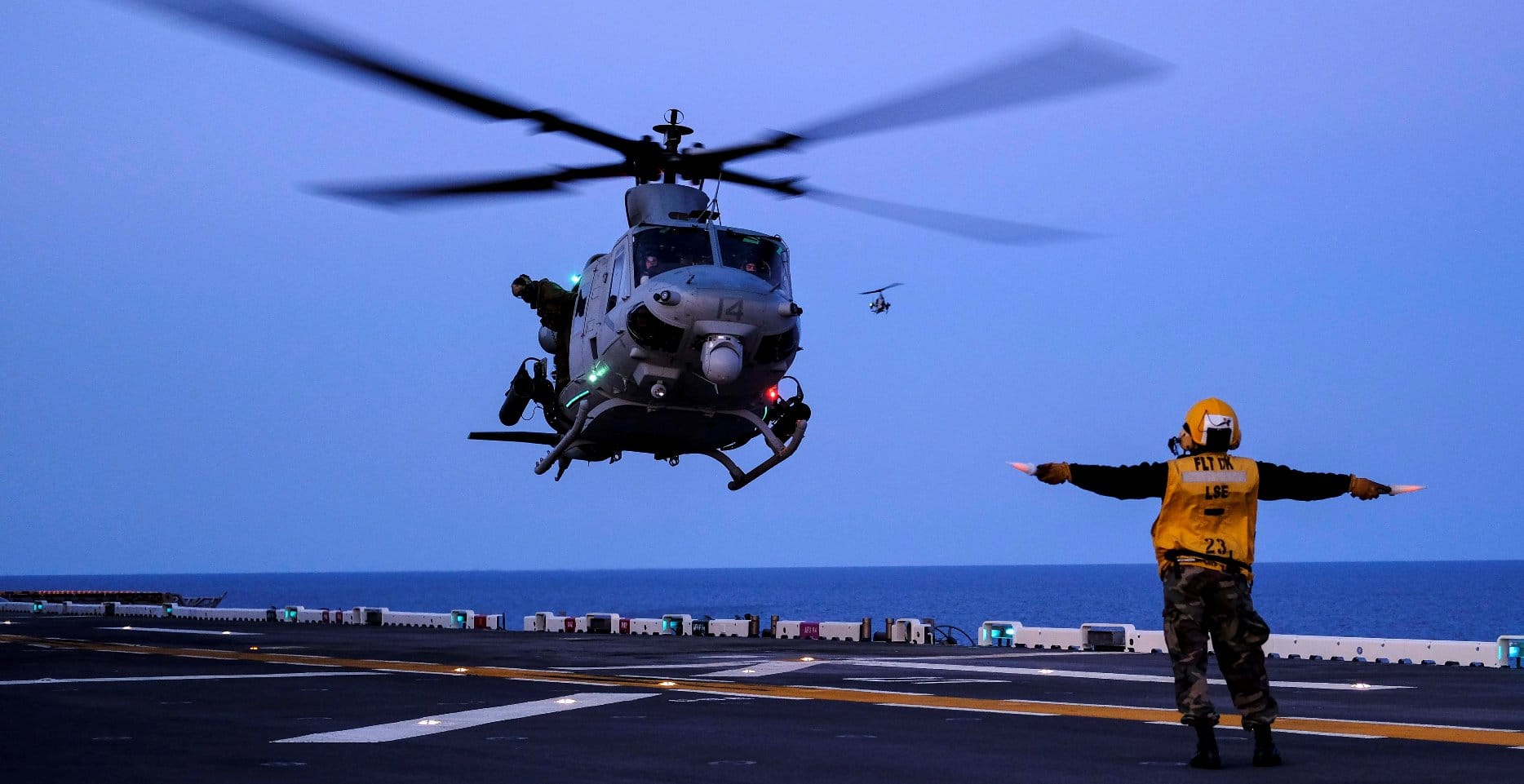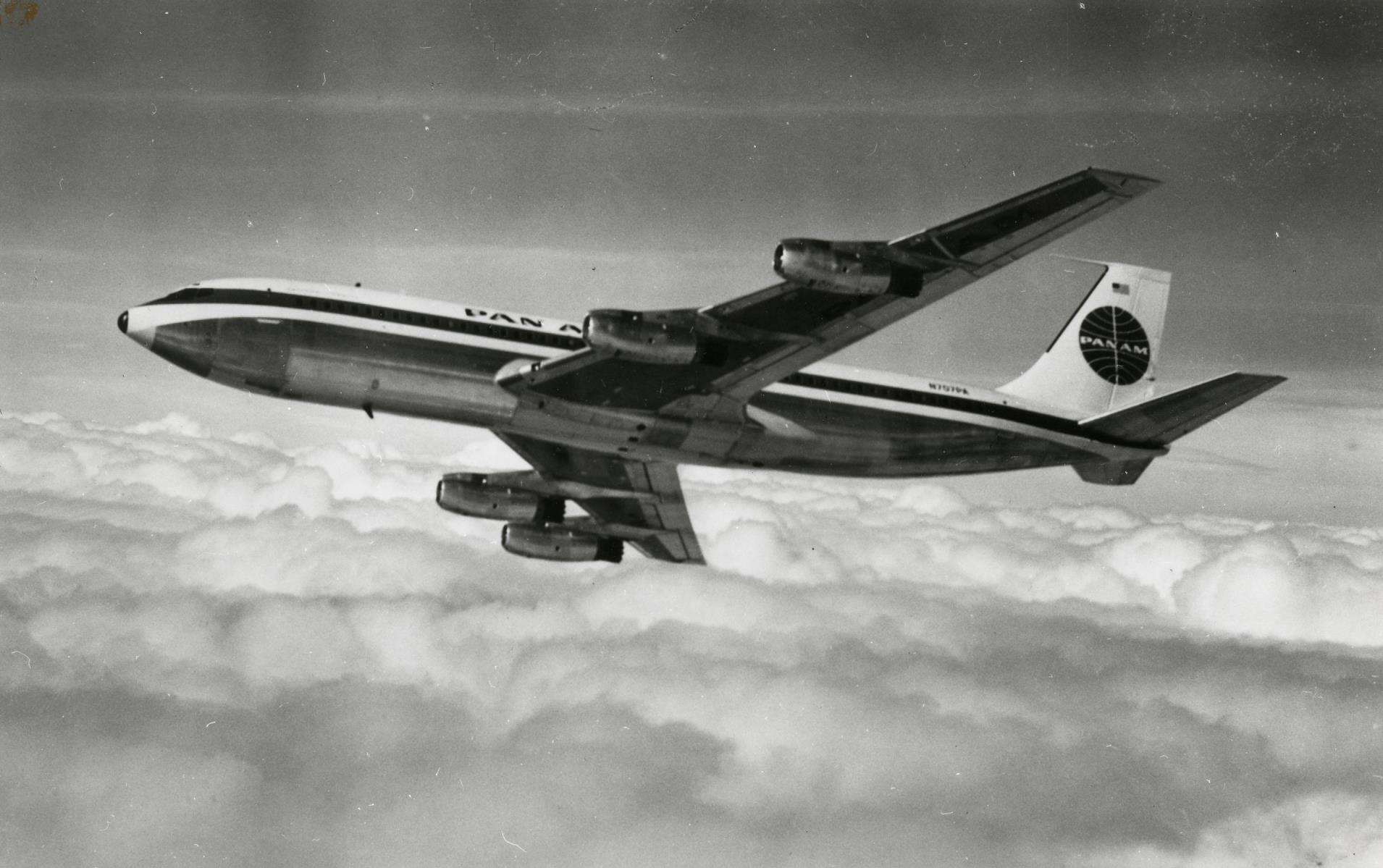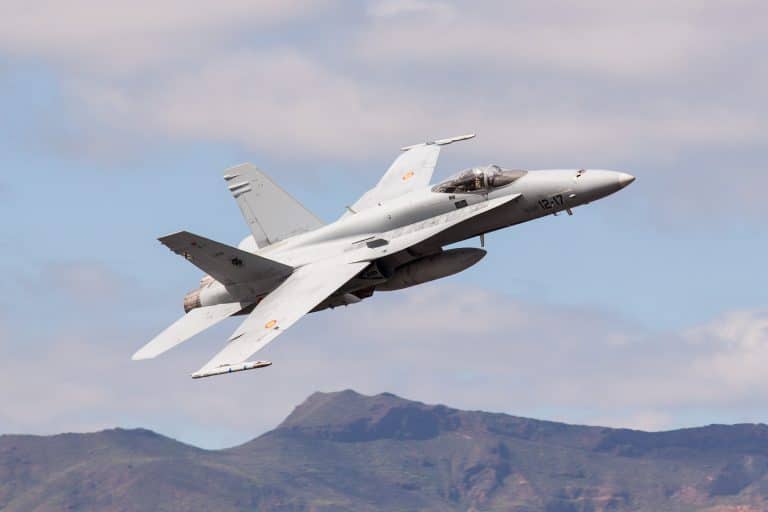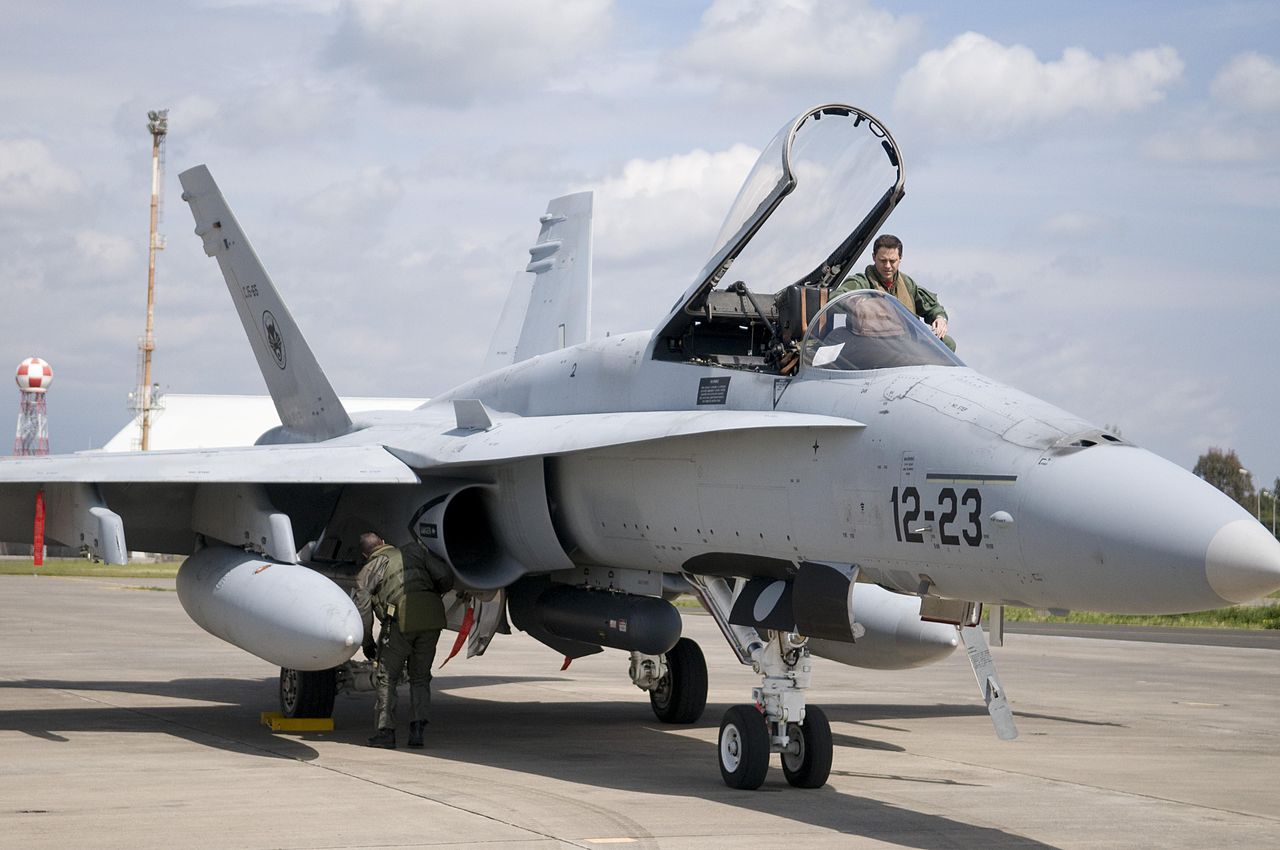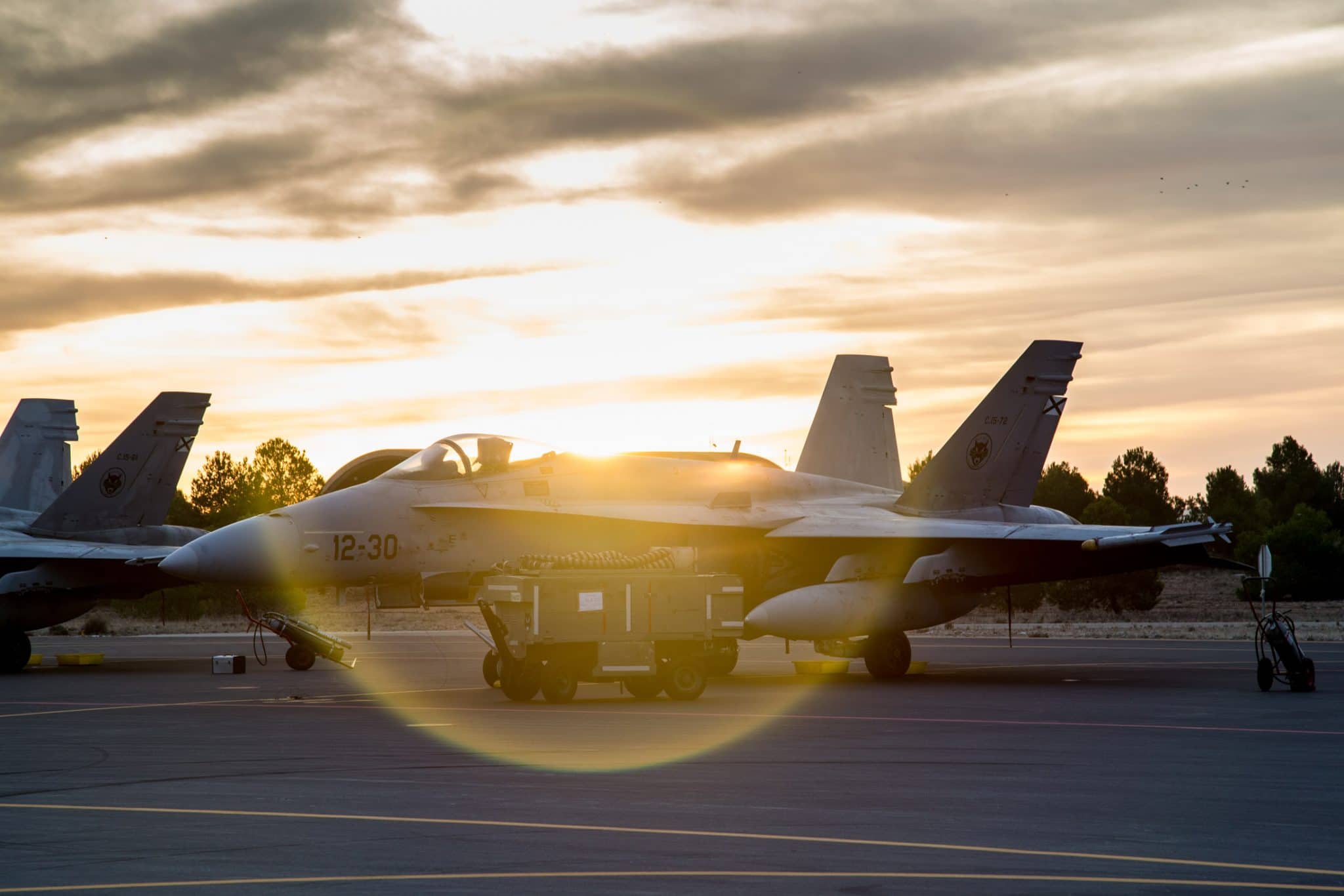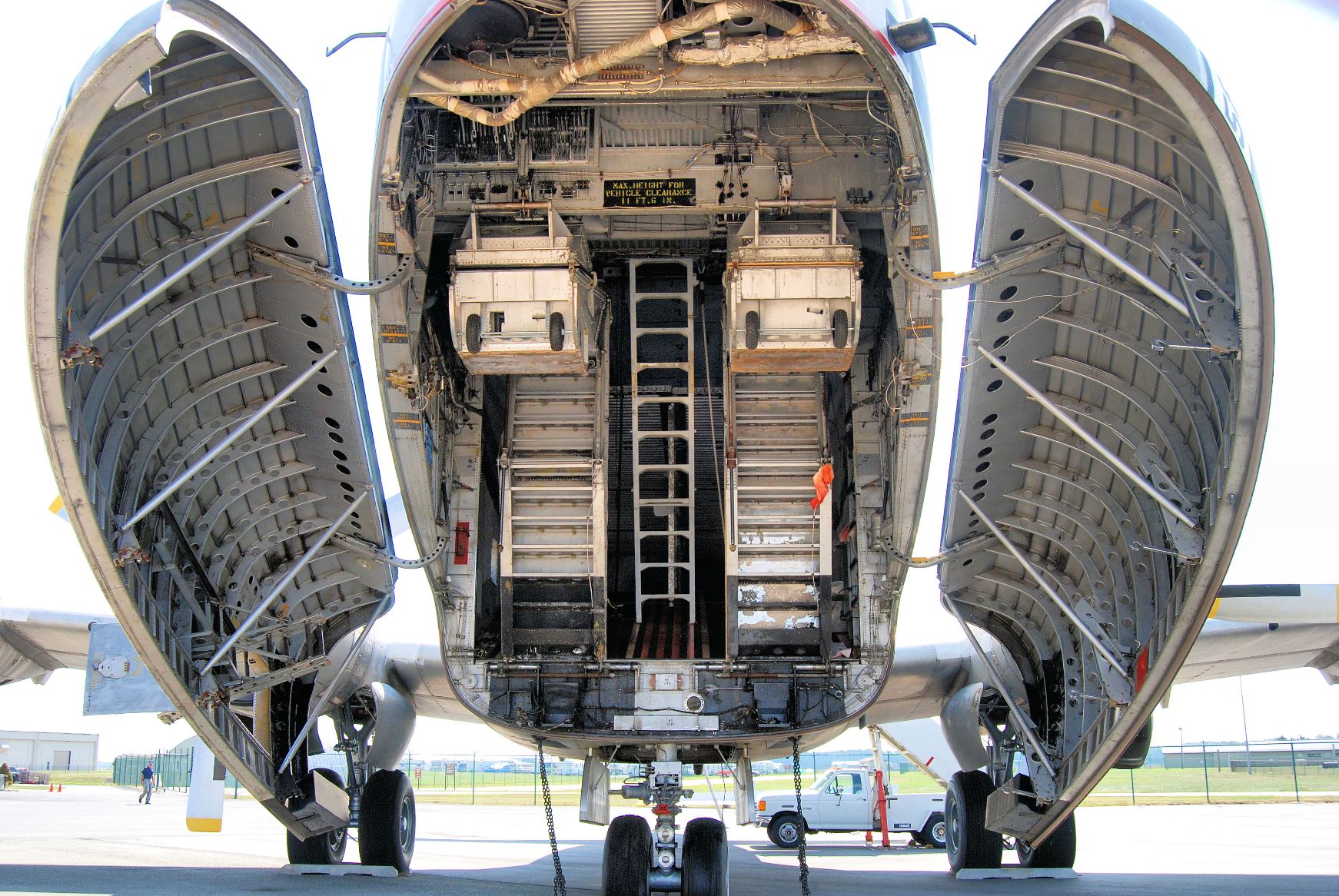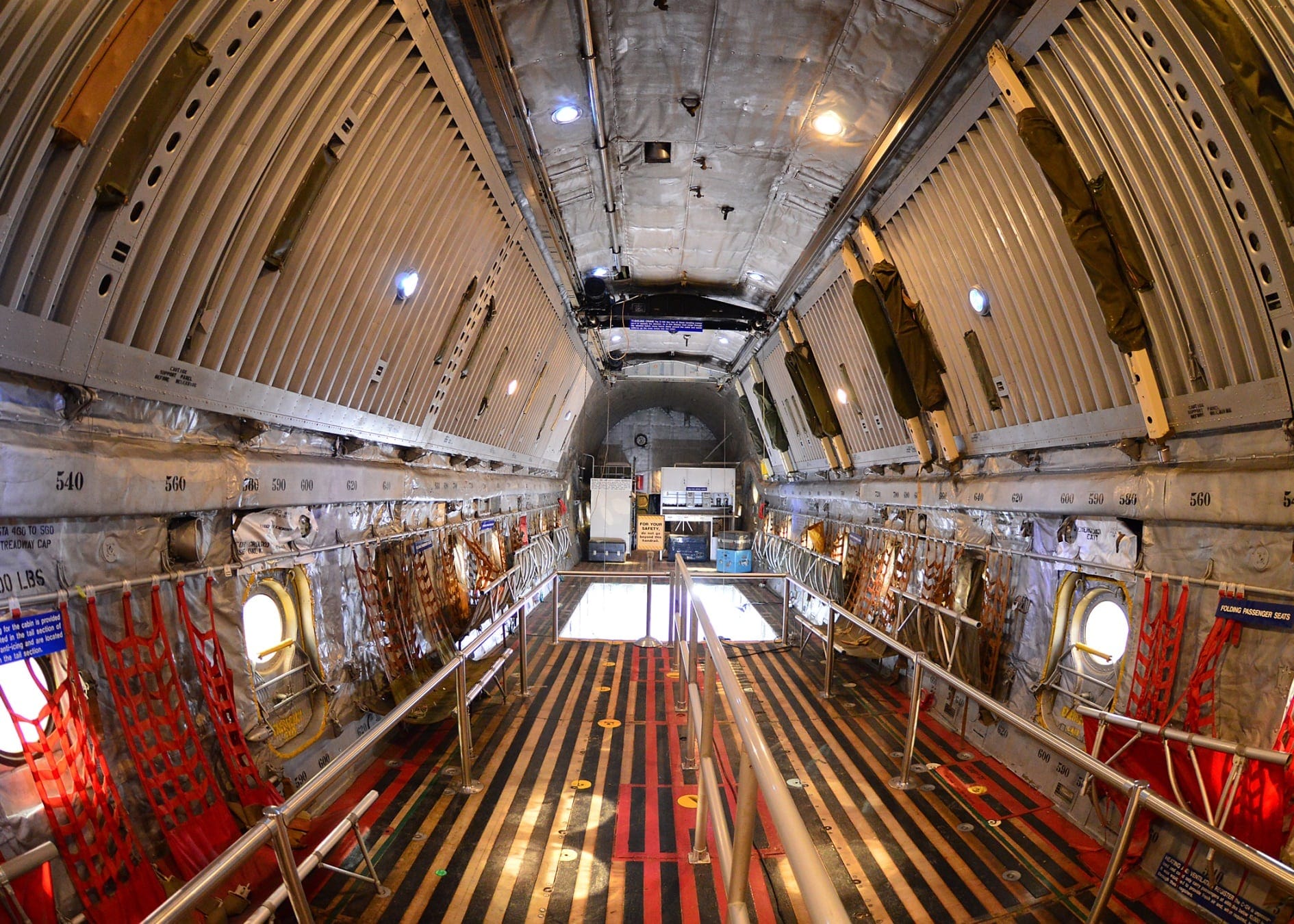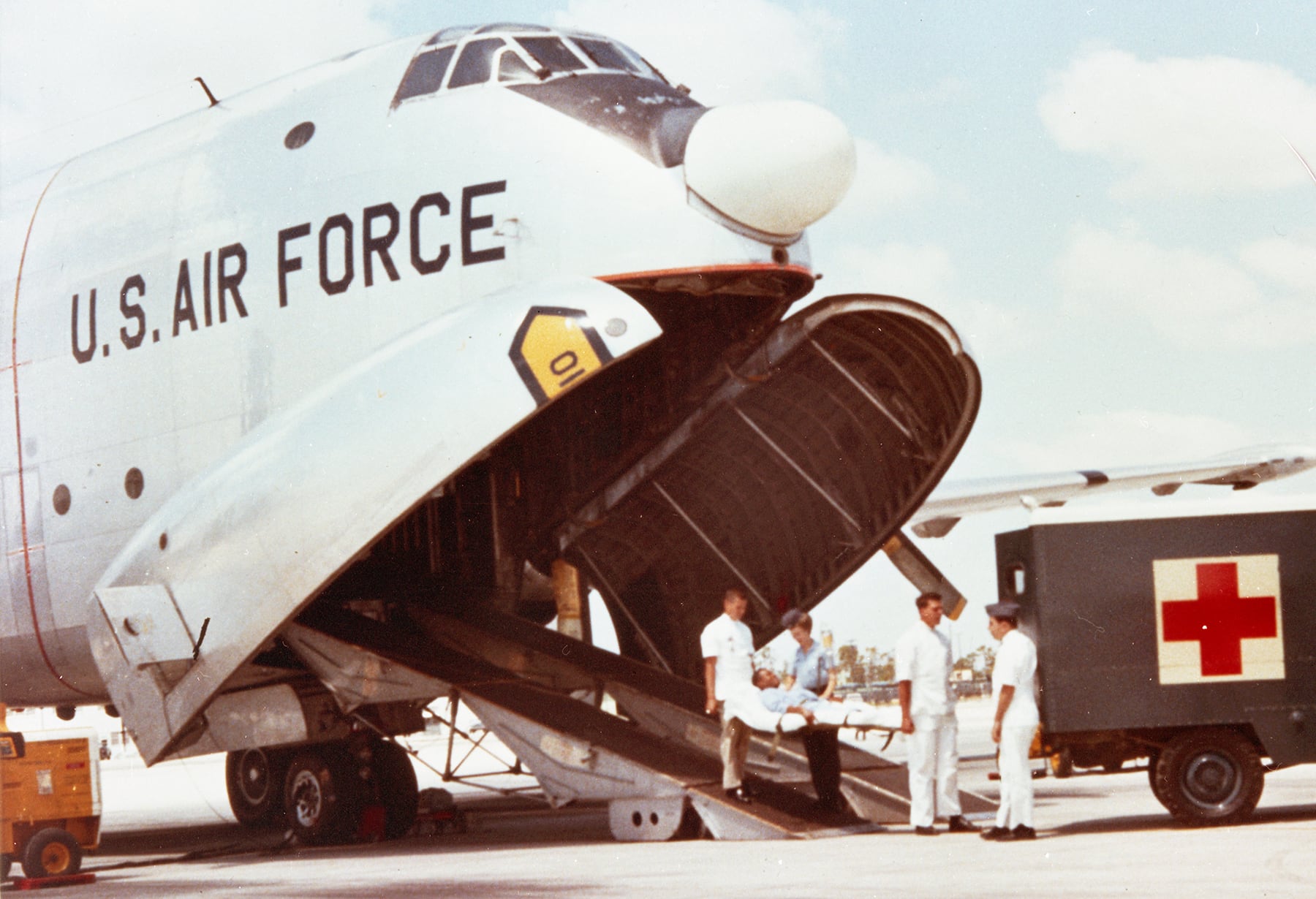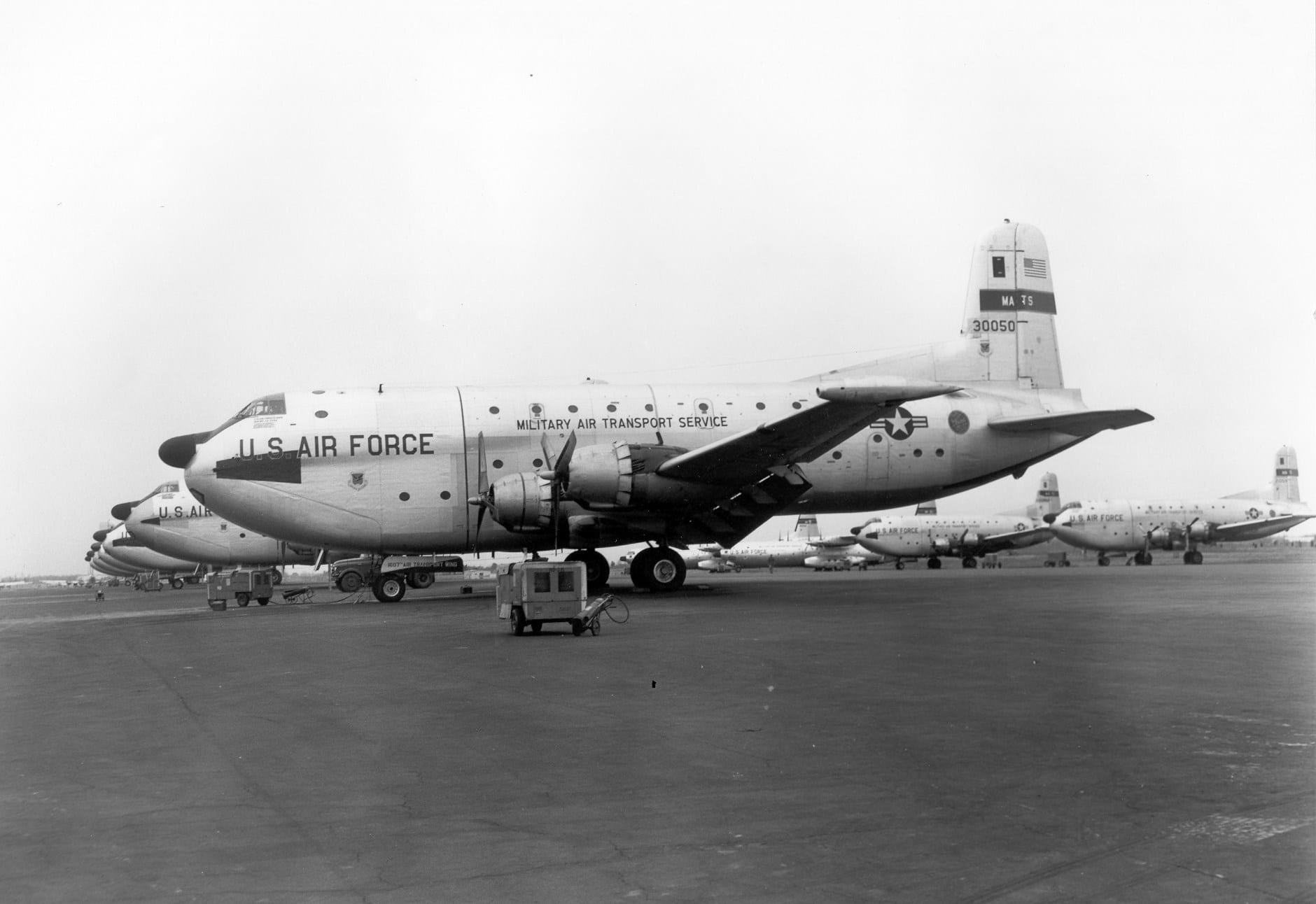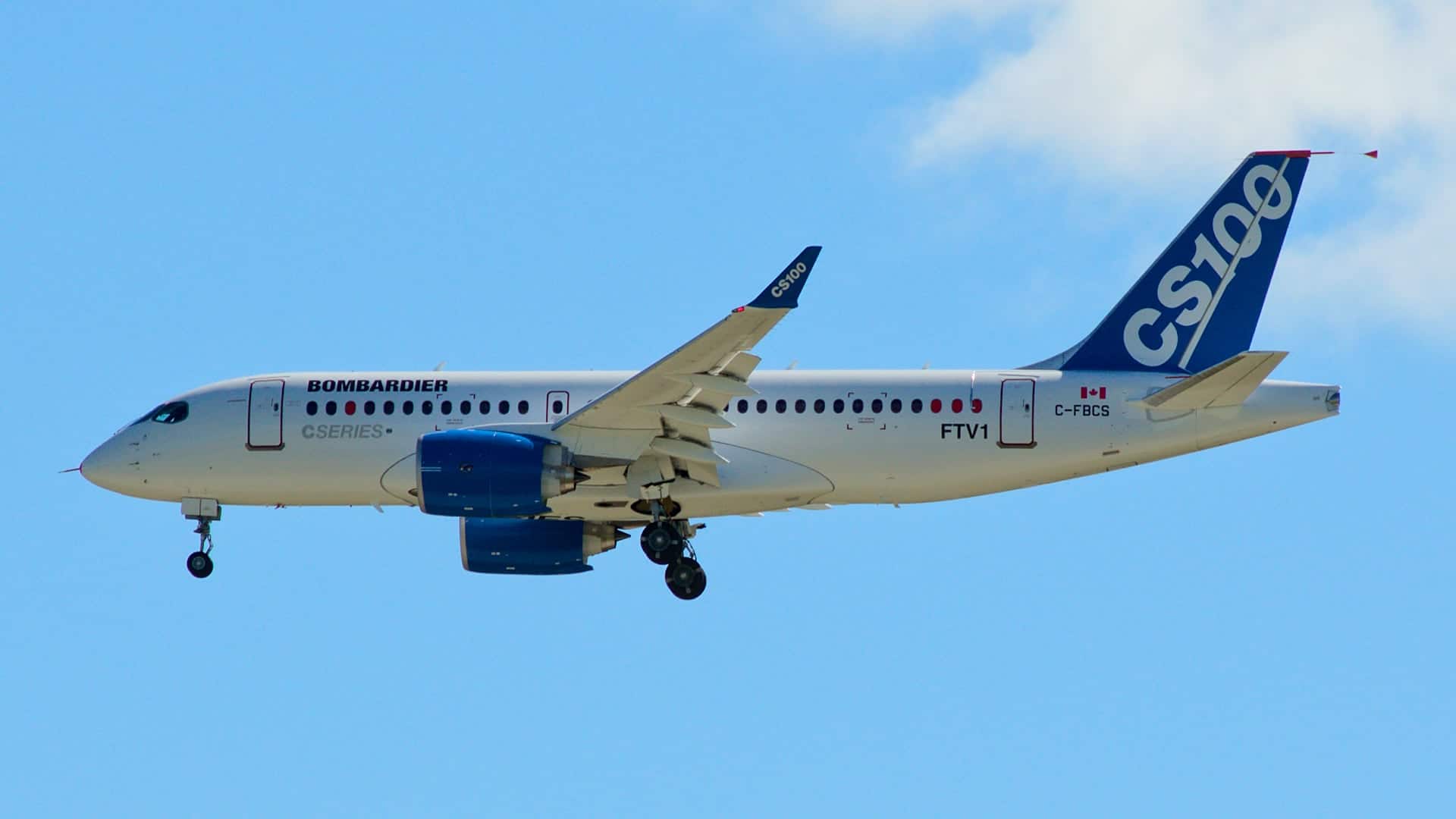In 2011, NASA put America’s space shuttle fleet to rest. With the International Space Station completed, and two crews on two shuttles lost over the course of the 30-year program, the time had come to close the shuttle chapter and look ahead at the dawn of a new era.
Each of NASA’s three remaining orbiters Discovery, Atlantis and Endeavour went to different museums across the nation, but a solid year of work was needed to prepare the fleet for their public displays.

Nearly a year after launching on her last mission, STS-134, Endeavour was on the brink of reaching a “point-of-no-return” in her retirement transition. Once a shuttle’s cooling systems are drained of all their fluids, they can never again be capable of powering on.
But to complete these tasks, the orbiters had to be powered up. Discovery and Atlantis had already been powered down for their last times, the only one left was Enderavour, and when the time came NASA invited me onboard to document it in a way few could ever dream.
[youtube id=”62j3wyCReJA” width=”800″ height=”454″ position=”left”]
Before boarding the shuttle you entered a white room, a staging area with walls full of signatures from Presidents to astronauts to even Margaret Thatcher. NASA invited me to sign it as well. I graciously accepted, and prepared to board, wearing special slippers to prevent scuffing up the interior of the shuttle.
In the video above, come onboard the flight deck of space shuttle Endeavour, powered up, with Rene Arriens – one of the many unsung heroes of the shuttle program. Rene spent 30 years working on the Shuttle program in various capacities; spacecraft operator, pad technician, and was even a member of the close-out crew who helped board the astronauts on the shuttle before their historic flights.
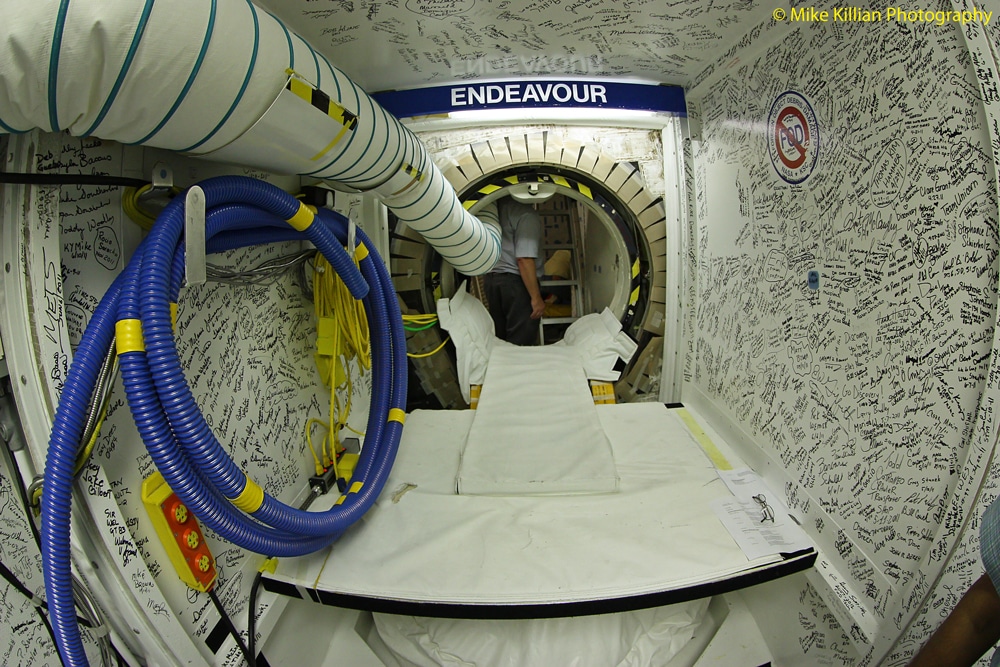
All three of NASA’s orbiters had to be powered up throughout their retirement transitions in order to allow technicians to open and close vents and other access points to remove various hazards and toxins such as hypergols, fuels, oxidizers, and ammonia (among others) from the orbiters before they could safely be put on display.
Technicians had to “de-service” various systems, sometimes even removing systems and hardware all together, in an effort to ensure that there be no chance of any leaks or out-gassing that could be hazardous to the public while the orbiters are on display.
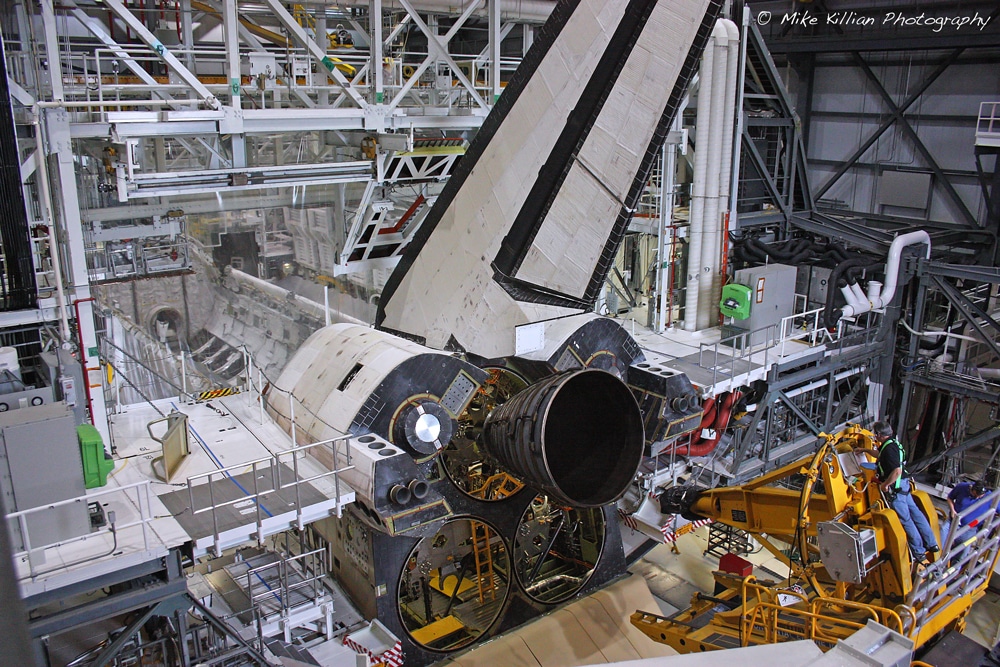
The Orbital Maneuvering System or “OMS” pods were removed, as well the reusable RS-25 Space Shuttle Main Engines, or SSMEs, which have now been modified to launch NASA’s future heavy-lift rocket, the Space Launch System (SLS).
On display, the shuttles have replica engines instead.
Endeavour was built as a replacement for space shuttle Challenger, and flew her first flight, STS-49, on May 7, 1992. The last of NASA’s shuttles to be built, Endeavour would go on to fly 25 missions from 1992 – 2011, closing out her career with 4,671 orbits of the Earth, 296 days in space, and over 122 million miles travelled.
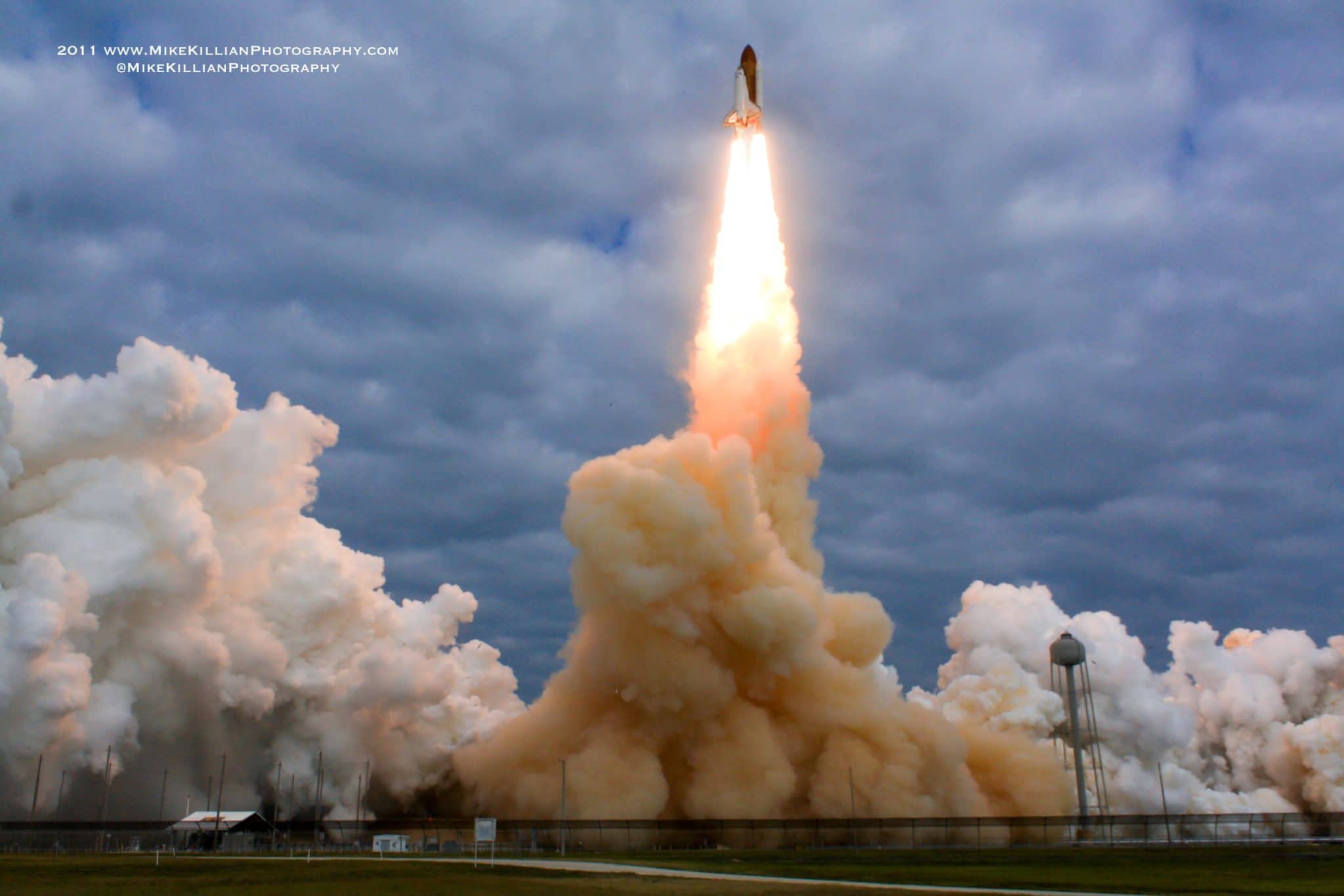
Designated as OV-105 by NASA, or Orbiter Vehicle 105, nearly half of all Endeavour’s missions were ISS construction flights. OV-105 was also the first to service the Hubble Telescope in 1993 and flew various scientific missions such as the Shuttle Radar Topography Mission, which generated the most complete high-resolution digital topographic database of Earth up until 2009.
The displays, controls, and switches of mankind’s most sophisticated vehicle went dark, permanently, on May 11, 2012.
Endeavour made her final flight atop a NASA modified 747 shuttle carrier aircraft in the fall of 2012; a one-way trip from KSC to the California Science Center (CSC) in Los Angeles, with flybys of various landmarks and cities along the way to give millions of people one final chance to see a shuttle in flight.

The CSC was awarded Endeavour in April of 2011 after a nationwide competition was held by NASA to display their three retired orbiters. Shuttle Discovery was awarded to the Smithsonian National Air and Space Museum, and Atlantis was awarded to the KSC Visitor Complex in Florida.
Below, take a tour of shuttle Endeavour during her transition and retirement processing at KSC, led by Kevin Hoshstrasser – former Shuttle Program Manager for Boeing and (at the time) Site Director of Florida Space Shuttle Operations:
[youtube id=”Wq4WB3xmfK8″ width=”800″ height=”454″ position=”left”]
– Follow Mike Killian on Instagram and Facebook, @MikeKillianPhotography
.

